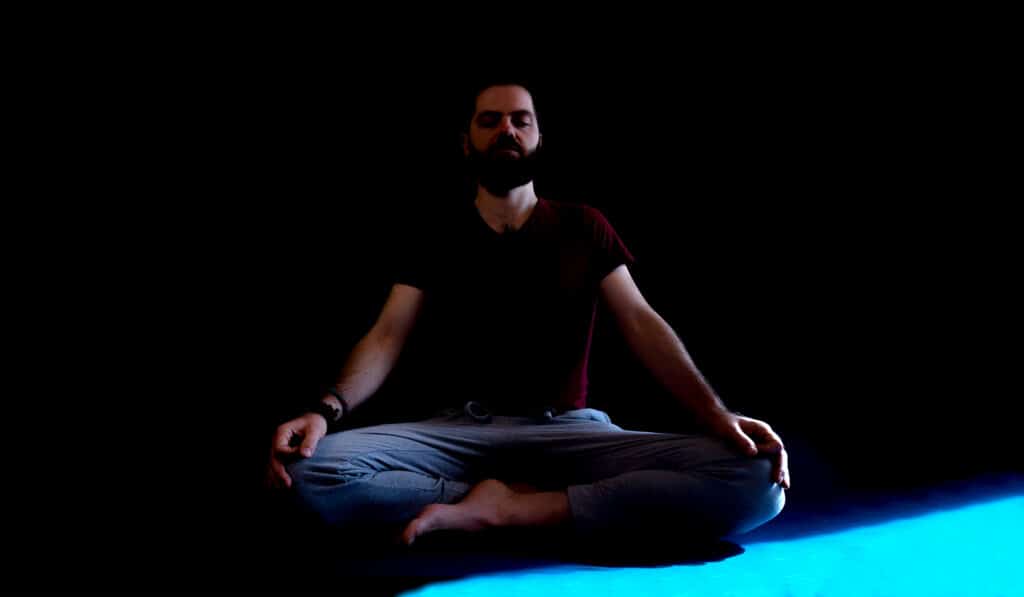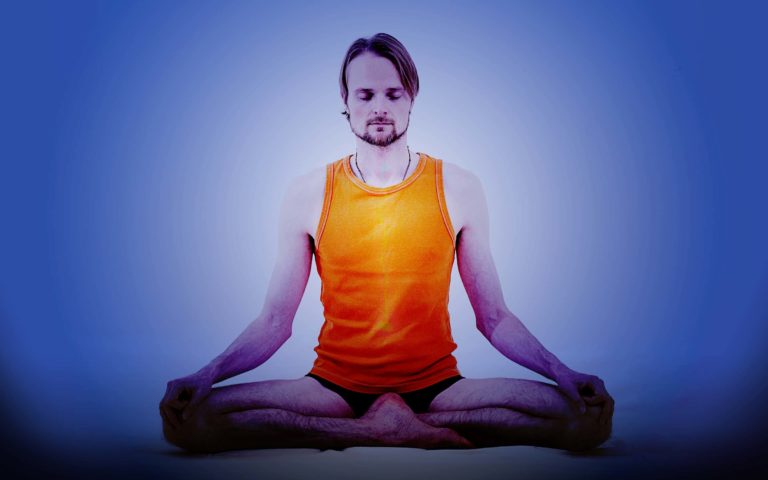There is an advanced form of yoga called kriya yoga. Thanks to the book “Autobiography of a Yogi” by Swami Yogananda, it became world-famous. Another proponent of kriya yoga was Swami Satyananda Saraswati. In this article, I will explain how their kriya systems and their teaching methods differ.
The kriya yoga systems of Yogananda and Satyananda are similar. However, there are crucial differences: they don’t share the exact origins and only partially use the same techniques. In addition, they take fundamentally different approaches to learning.
Read this information-packed post to the end to learn the fundamentals about kriya yoga and what lineage to choose if you are hesitating between these two.
Comparisons of origins
Origins of Yogananda kriya yoga
Swami Yogananda was an Indian yogi who settled in California in the 1920s. He learnt kriya yoga from his guru Sri Yukteswar who learnt it from Lahiri Mahasaya.
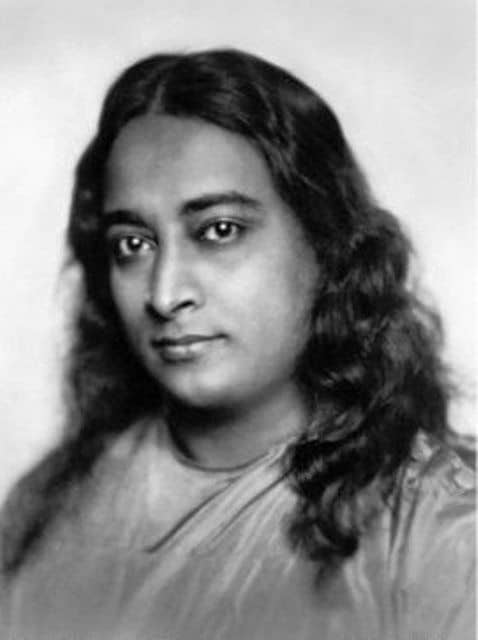
Larhiri Mahasaya was a householder yoga master. He was the one who first put together the set of practices that later became known as kriya yoga.
Mahasaya based his practices on a breathing method called ujjayi pranayama, mantras, mudras and sufi head movements. He called his approach “sahaja yoga“, which means natural yoga. He claimed that he learnt these practices from an immortal yogi called “Babaji”.
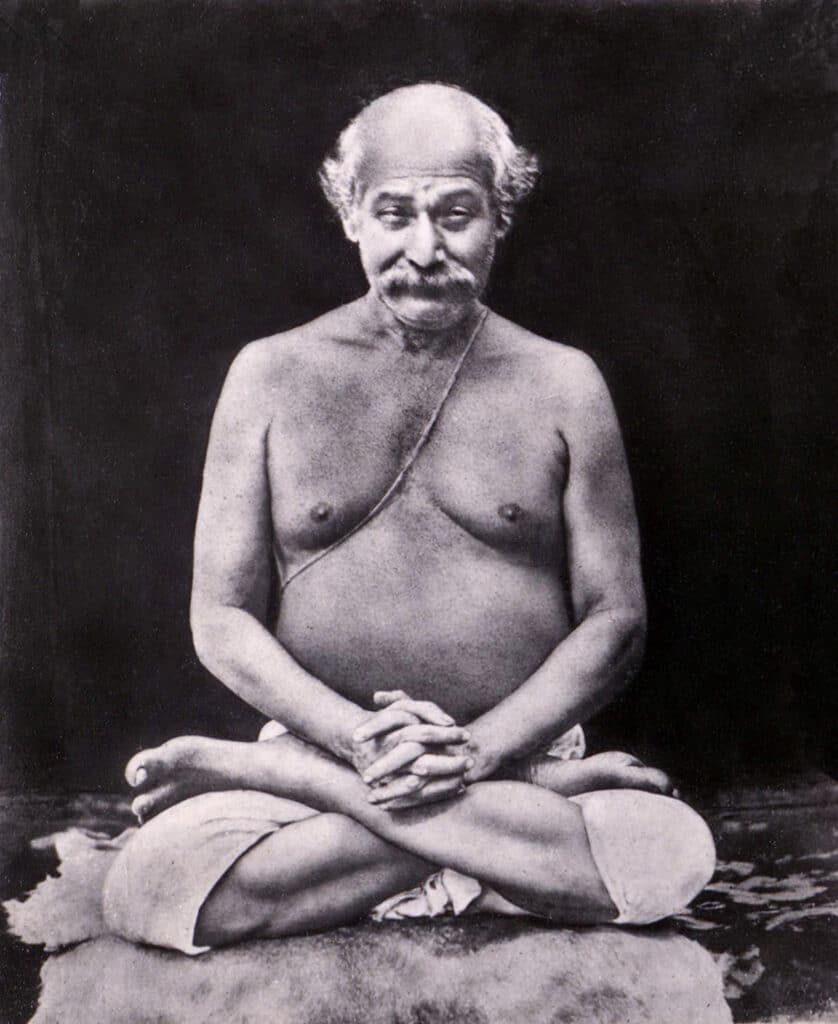
Babaji means grandfather, and many yogis in India call themselves that. We don’t know much about this particular yogi except that he has become one of the greatest myths in modern yoga.
Origins of the name kriya yoga
But wait a minute, how come we call it kriya yoga when its creator himself called it sahaja yoga?
And that is not all. Sanskrit yoga manuals don’t call these types of methods kriya yoga either. Instead, they tend to call them hatha yoga.
“Kriya” is a generic term that means process. In yoga, nearly any practice can qualify as a kriya. For example, it can be a cleansing method or a meditation technique. Mahasaya probably said “kriyas” when he talked about the components he used in his sahaja yoga. It appears as if his disciples picked it up. With time, kriya yoga became the new standard name.
Now the purpose of this article is to compare Yogananda’s kriyas with Satyananda’s. Therefore, it’s crucial to understand that Swami Yogananda’s yoga isn’t identical to the original teachings of Lahiri Mahasaya.
Other teachers within Yogananda’s lineage have criticised him for oversimplifying the original kriyas. To his defence, he is far from the only one who has done so. And Lahiri Mahasaya was not entirely consistent but taught some different variations himself.
In addition to changing the techniques, Swami Yogananda framed kriya yoga in a brand new way. To make it more appealing to his American audience, he blended it with Christianity.
Origins of Satyananda kriya yoga
Swami Satyananda was a disciple of Swami Sivananda, one of the giants of the yoga renaissance that took place a century ago. He founded the Bihar School of Yoga which is one of the largest yoga schools in northern India.
We don’t know where Swami Satyananda learnt his kriyas. He gave conflicting information himself. One version is that he learnt it from his guru, Swami Sivananda. However, he also said that a tantric yogini instructed him during his years as a wandering sadhu.
Satyananda remodelled and adapted several old yoga methods. Since he couldn’t account for its origins, I find it more likely that he put together his kriya system himself. He probably based it on practices he had learnt from several different masters.
Comparison of teaching methods
How to learn Yogananda’s kriya yoga
Before his death in 1952, swami Yogananda built up a solid organisation called the Self Realization Fellowship (I will call it SRF). SRF has kept passing on his teachings by correspondence courses ever since.
The first level of their course lays a foundation. It contains 18 lessons that you get by email. Having completed this course, you may ask for initiation into the next level of practice.
However, according to the SRF homepage, you need to enter into a “sacred guru-disciple relationship with Yogananda” to do this. Taking dead teachers as gurus is not common practice in the yoga tradition. I think that the SRF is crossing the line of religion here.
In addition, I have come across many individuals who were disappointed with the SRF because of their dogma. One of them is Ennio Nimis. He has spent a lifetime studying kriya yoga under different masters. He writes the following in an e-book:
“When I followed Paramahansa Yogananda’s teachings, our “Meditation counselor” explained that the worst evil was disloyalty toward guru and his organisation. With the term “disloyalty”, she meant even just reading what other persons who left the organisation had written about Kriya Yoga.”
Ennio Nimis
You can download Ennio’s e-book for free from his website. In it, he reveals kriya practices from several different masters.
Learning kriya yoga via an email course comes with its challenges. Ennio Nimmis writes that most people he encountered within the SRF never managed to go beyond a superficial practice. I am not surprised about that.
In addition to correspondence courses, SRF offers live initiations. These are formal ceremonies for receiving instructions. They often take place in a hall decorated with flowers for a nice ambience. The initiation ceremonies are usually one-day events, and there is typically not much preparatory yoga practice.
How to learn Satyananda kriya yoga
Swami Satyananda initially taught kriya yoga during intensive yoga retreats that lasted three months. His idea was to prepare his students physically, build concentration and increase sensitivity before getting to the subtle kriyas.
After weeks of preparation, Satyananda would initiate his students into his whole kriya sequence. The initiation period lasted a month. Students observed mauna, yogic silence, for increased concentration and sensitivity during this time. Compared to a correspondence course, we are in a different universe here.
Those retreats gave exceptional learning conditions. The students who made it through the demanding training could get deep insights into the kriyas. However, the retreats were not just demanding for the participants. They were exhausting for Swami Satyananda himself, and he stopped organising them.
To my knowledge, my teacher, Swami Janakananda, is the only one who has walked in his master’s footsteps. He has offered the same extraordinary initiations to thousands of people for fifty years.
Having stopped teaching kriya yoga, Swami Satyananda wrote two books explaining each practice in detail: Kundalini Tantra and A Systematic Course in the Ancient Tantric Techniques of Yoga and Kriya.
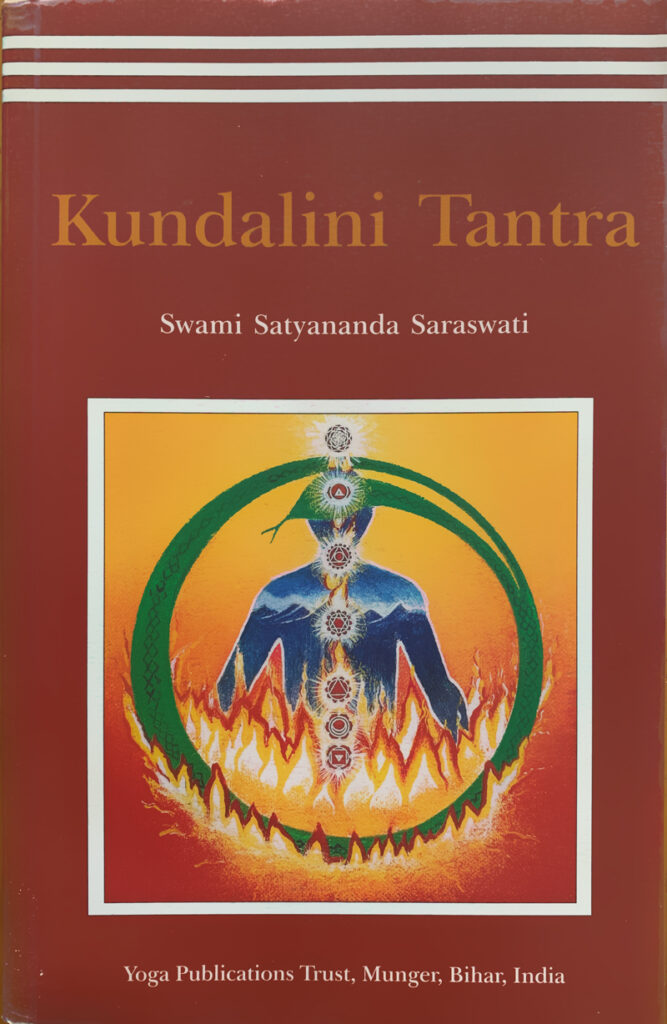
These manuals are available for purchase online. Practising with Satyananda’s books is similar to an SRF email course. However, a crucial difference is that Satyananda gives you all practices without restraint, for better or for worse.
In my opinion, learning kriya yoga from a book or an email course is far from optimal. Please, read my article on the three-month course to get a detailed overview of Swami Janakanada’s kriya initiations. This immersion approach is my preferred method.
If you are serious about learning kriya yoga, don’t study it from books. It’s much better not to create intellectual ideas about it. Find a teacher that offer an immersion style initiation and drop all expectations.
Comparison of techniques
Yogananda’s kriya techniques
According to the Self Realisation Fellowship’s website, you learn three techniques during the foundational email course.
- Hong-sau concentration technique
- Energising exercises
- Aum meditation
With the foundations in place you continue by taking vows to be Yogananda’s disciple, and only then can you go further. You will then learn a practice similar to the first kriya in Lahiri Mahasaya’s original system. This first kriya is a beautiful practice involving the ujjayi breath and awareness of a primary energy conduit in the spine.
Wonder what the ujjayi breath is like? Read my guide to this excellent yoga method here>>>
In addition, it appears as if you may be able to learn the classical maha mudra, yoni mudra and a method called navi kriya. But based on testimonials from Ennio Nimis and others, you won’t get much more. SRF won’t teach you the so-called “higher kriyas” unless you become a full-time monk.
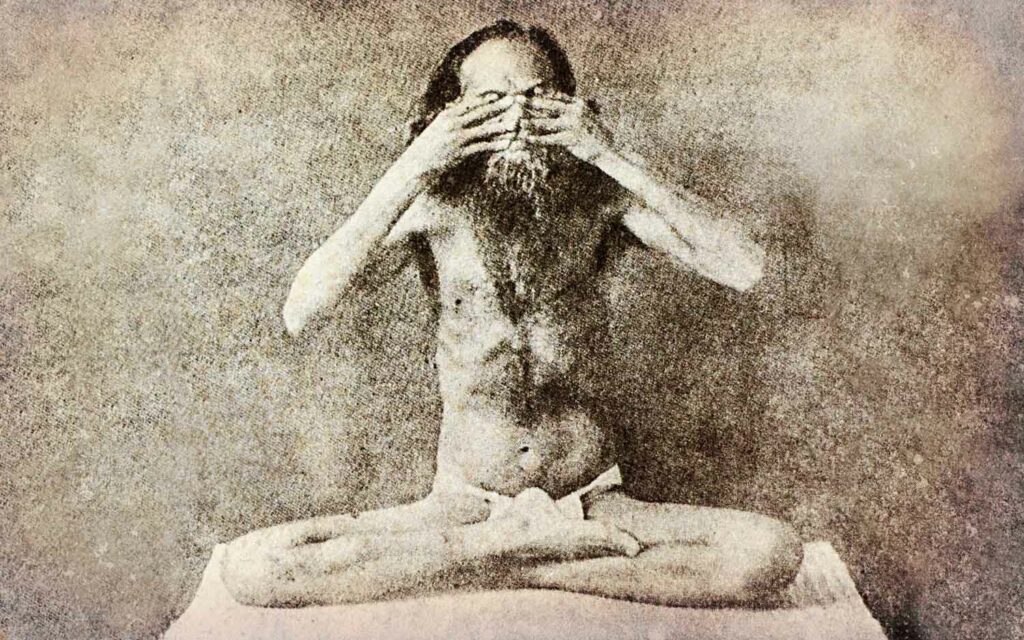
In addition, as mentioned earlier, kriya yogis within Lahiri Mahasaya’s tradition criticise Yogananda. Yet another reason is that he replaced khechari mudra with a simplified alternative. Khecari mudra involves inserting your tongue into the nasal pharynx. This is the cavity above the palate. Khecari is a crucial part of Mahasaya’s original teachings and a cornerstone of medieval hatha yoga.
Are you interested in khechari mudra? Then you must read this comprehensive account of how I discovered and learnt this method after having practised the preliminary versions for twenty years.
Satyananda kriya techniques
Satyananda’s kriya yoga overlaps with Lahiri Mahasaya’s about 40%. The basics are the same, but it’s more diverse and has a different focus. Mahasaya’s practices are more geared towards mantras, while Satyananda focuses more on the breath and visualisations.
One crucial difference is that Swami Satyananda’s system has more stages. He uses the ujjayi breath similarly to Mahasaya but has several different passages. The first stages I teach here on Forceful Tranquility, by the way.
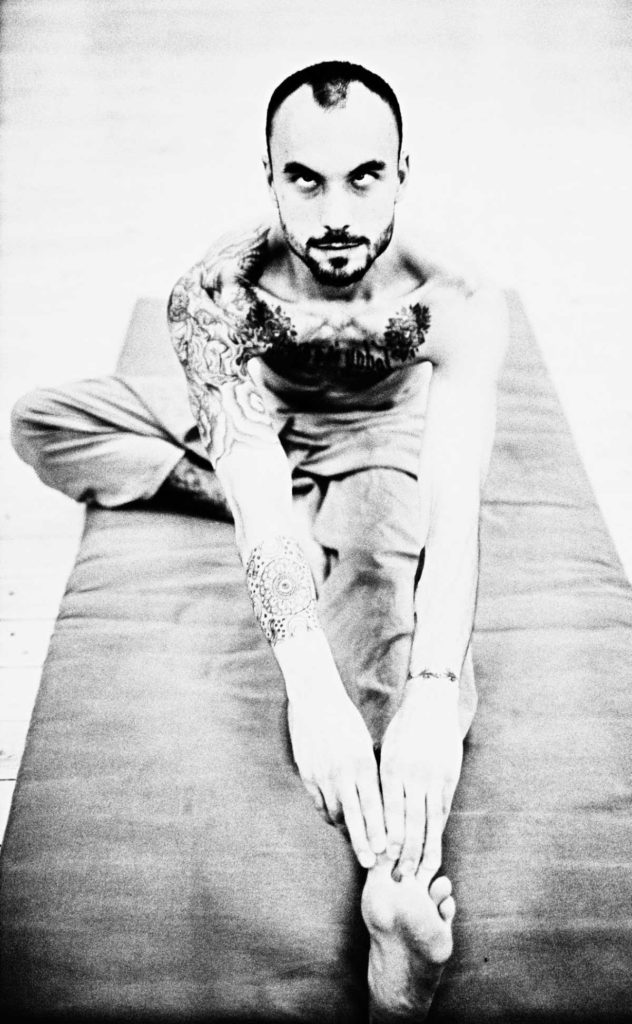
Similarly to the SRF, Satyananda has omitted the advanced version of khechari mudra. Just like Swami Yogananda, he instead teaches a simplified version of it. Instead of inserting your tongue above the palate, you touch the soft palate with the tip of your tongue.
The classical hatha yoga methods yoni mudra and maha mudra are prominent practices in Satyananda kriya yoga. In addition, there are several more mudras not included in Mahasaya’s system. For example, vipareeta karani mudra, tadan kriya and manduki mudra.
Depending on how slow your breath is, Satyananda’s whole kriya sequence takes around four to five hours to complete. According to Ilya Zhuravlev at the Wild Yogi Magazine, completing Lahiri’s sequence takes as long.
Supporting techniques
When it comes to how kriya yoga fits into a broader strategy, the SRF and Satyananda Yoga take very different approaches.
SRF shuns other methods
Yogananda’s kriya yoga tradition regards kriya yoga as a complete path and claims it’s the only practice you will ever need. Their position is religious. Should you choose to walk their path, using other methods is heresy.
Satyananda Yoga embraces the full spectrum of yoga practices
In Satyananda Yoga, kriya yoga is but one of many practices. It isn’t the ultimate one that makes all others obsolete. Instead, Satyananda acknowledges that you can enhance it with other methods.

I find that kriya yoga is much better when you make yourself receptive to it. My teacher, Swami Janakananda thinks so as well. On his three month retreat, you spend the first five weeks warming up. Even as kriya initiation begins, you continue with yoga poses, breathing exercises, concentration practices and awareness strengthening several hours a day.
Dogma, secrecy and power
All yoga traditions have their fair share of secrecy, dogma and power struggles. But when comparing the SRF and Satyananda Yoga there are huge differences.
Secrecy in the Self Realisation Fellowship
By now, you have understood that the SRF is an organisation with disturbing sectarian tendencies.
The SRF has created a cult around their guru, portraying him as a saint. In reality, he was not only a yogi but also a businessman who exploited yoga, much like many others have done after him. Yoga researcher Philippe Deslippe gives evidence of this in his paper The Swami Circuit: Mapping the Terrain of Early American Yoga.
The SRF and other organisations in the same tradition keep their practices secret. The reason is to protect their teachings from deterioration.
That is, in theory, a valid reason for secrecy, and there are other good reasons that I might write about in a future post.
However, according to Ennio Nimis, the main reason for their secrecy is different. Secrecy makes it possible for them to modify the practices while claiming authenticity. Yogananda made significant modifications. Therefore the SRF’s rigidness isn’t warranted, according to him.
Other masters have been much more faithful to Mahasaya’s teachings. Kriya yoga enthusiast and teacher Forrest Knutsson has studied Lahiri Mahasaya in detail. He says the lineage of Panchanan Bhattacharya is the one that has preserved the old kriya teachings most faithfully.
Secrecy in Satyananda Yoga
When he taught kriya yoga himself in the sixties, Satyananda was fiercely against writing it down, my teacher Swami Janakananda says. He learnt it in 1968, and at this time, Satyananda maintained that one should learn kriya yoga directly from a teacher and that the methods should be secret.
However, when Satyananda stopped teaching kriya yoga, he broke his own rules.
Verdict – Which kriya yoga is best, the Satyananda or the Yogananda style?
Satyananda kriya yoga is a compelling set of practices. It is a massive advantage that this yoga integrates well with other techniques and off mat practices.
Yogananda kriya yoga isn’t bad in itself. But the dogmatic framing lowers its value. Blending it with Christianity is just silly. In addition, Yogananda’s kriya yoga isn’t faithful to the teachings of his tradition.
With Satyananda’s kriya yoga, you can go far and learn some of the most potent yoga methods there are. However, to do so, you need special conditions. Practising with Satyananda’s books, you will likely find it challenging.
With Yogananda’s kriya yoga, you will find it hard to go beyond the basics. But the basics of kriya yoga are valuable enough, so that isn’t necessarily an issue.
If you choose between these two, I recommend Satyananda kriya yoga. On the other hand, if you explicitly want to learn the actual practices of Lahiri Mahasaya, then look elsewhere. For example, have a look at Panchanan Bhattacharya’s lineage.
